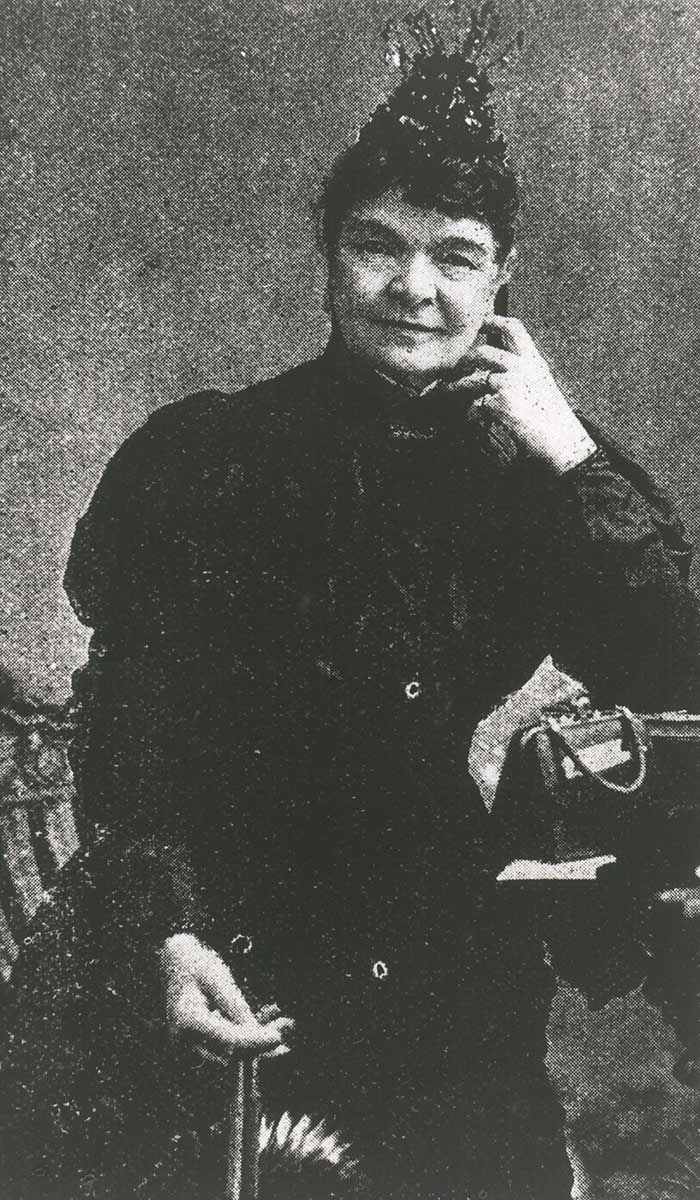
At 10.30am on 18 December 1894 the South Australian Parliament passed the Constitutional Amendment (Adult Suffrage) Bill with 31 votes to 14.
The Bill led to the enactment of the Act of the same name which made South Australian women, including Aboriginal women, the first in Australia and the world to win both the right to vote and the right to stand for and be elected to parliament.
2019 marks 125 years since this significant moment.
The campaign for women’s suffrage was about more than just voting rights – it was about fundamentally changing women’s lives.
Political rights were just one way of achieving this.
Women’s enfranchisement in South Australia
The topic of women’s enfranchisement was first introduced to the South Australian Parliament in 1885 when Dr Edward Stirling, member for North Adelaide, delivered his speech, ‘The political franchise for women’.
Stirling proclaimed that women were ‘a class of persons who had never failed to prove themselves devoted and law-abiding citizens’.
The Bill that followed proposed that single and widowed women who owned property could stand for election to the Legislative Council, South Australia’s upper house. Despite its limited and conservative scope, the Bill was not passed.
The story of women's suffrage in live-sketch animation, as told by historian David Hunt.
Women’s Suffrage League
After the first failed Bill, the Women’s Suffrage League formed in 1888 with the single purpose of advocating for equal voting rights for men and women.
Their constitution read:
- That the women of the country should have a voice in the choice of representatives to the House of Legislature.
- That the qualifications entitling women to vote should be the same as those which apply to men.
- That while woman’s suffrage is desired no claim is put forward for the right to sit as representatives.
Error of judgement
It is the third claim of the Women’s Suffrage League’s constitution that is important to note. While women in South Australia won the right to be elected to parliament, they did not advocate for it. They only advocated for the right to vote.
At a sitting of parliament on 4 July 1894 over 50 parliamentarians spoke on various issues relating to the Bill and attempted to undermine its popularity through the addition of amendments. Anti-suffrage campaigner Ebenezer Ward made an error of judgement that would lead to South Australian women having greater rights than other women around the world.
Ward believed that removing a clause that barred women from election to parliament would be a step too far for many of the pro-suffragists. He was wrong. The amendment was accepted by the parliament.
Petition
On 23 August 1894 a petition of over 11,600 names was presented to parliament in support of the Bill for equal voting rights for men and women. The pages were glued together, rolled up and tied with a gold ribbon – the colour of the Women’s Suffrage League in South Australia.
This was a tipping point in the campaign for women’s rights. After seven attempts to change the law, the final Bill was passed in December that same year.
Legacy
The Constitution Amendment Act 1894 was given royal assent by Queen Victoria on 2 February 1895, making it law. The Act changed South Australian politics for good.
Much has happened since 1894, and women have fought for and won many other rights and freedoms. Today we enjoy an Australia that supports and advocates for gender equality. However, while we can be proud of what has been achieved, we must continue to work towards greater equality and equity among citizens.
